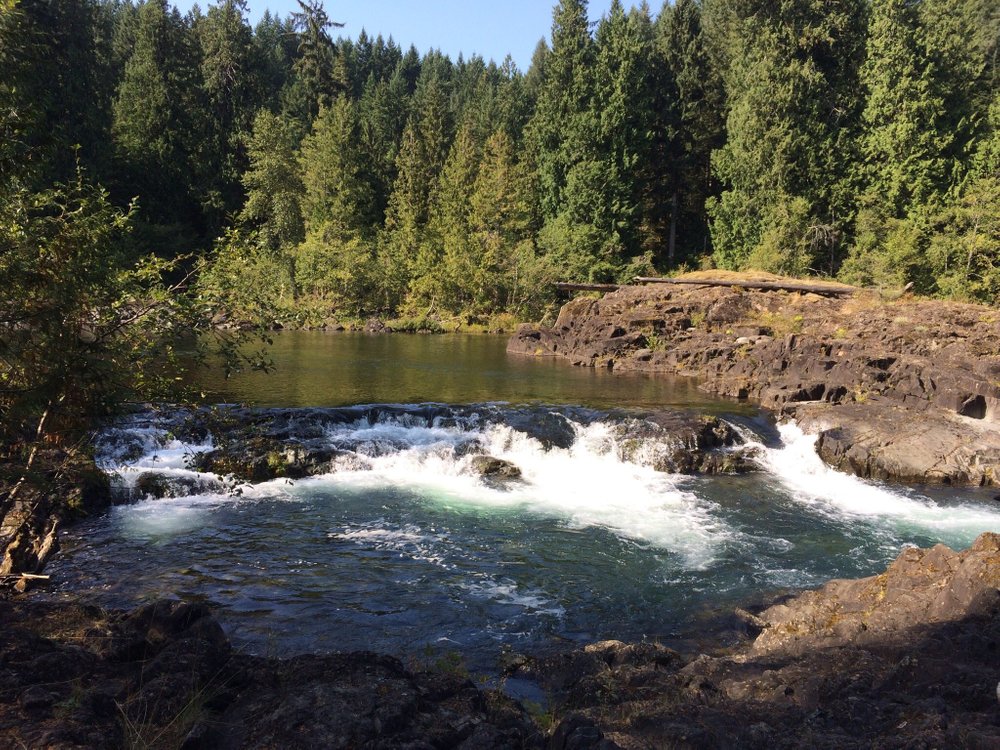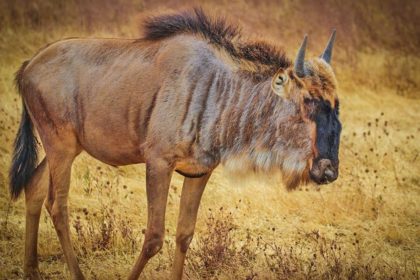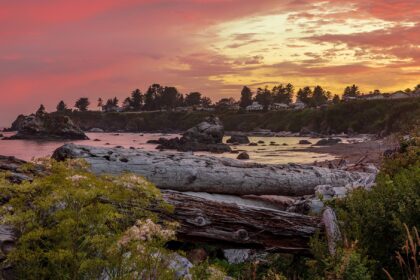Campbell River or Wiwek̓a̱m is a city in British Columbia on the east coast of Vancouver Island at the south end of Discovery Passage, which lies among the 50th parallel north along the important Inside Passage shipping route. Campbell River has a population (2016 census) of 35,138 and has long been touted as “the Salmon Capital of the World”. Take a look below for 25 fun and fascinating facts about Campbell River, British Columbia, Canada.
1. Campbell River and Region is in close proximity to the neighboring communities of Quadra and the Discovery Islands, Sayward, Oyster River, Gold River, Tahsis and Zeballos.
2. The first settlers known in the area were members of the Island Comox and related Coast Salish peoples.
3. During the 18th century a migration of Kwakwaka’wakw (Kwak’wala-speaking) people of the Wakashan cultural and linguistic group migrated south from the area of Fort Rupert and established themselves in the Campbell River area, at first enslaving and then absorbing the Comox, and became infamous as raiders of the Coast Salish peoples farther south, known to history as the Euclataws, which is also spelled Yucultas and is a variant on their name for themselves, the Laich-kwil-tach, Lekwiltok or Legwildok.
4. Of this group, also known as the Southern Kwakiutl, there are two subdivisions, the Wekayi or Weiwaikai of the Cape Mudge Indian Band on Quadra Island and the Weiwaikum of the Campbell River Band located in and around the city of Campbell River.
5. Captain George Vancouver reached Campbell River in 1792 aboard the ships HMS Discovery and HMS Chatham.
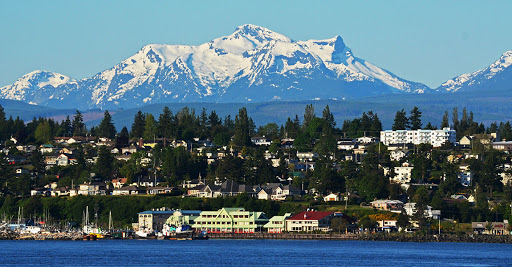
6. The channel between Quadra Island and Campbell River is named Discovery Passage after HMS Discovery.
7. The captain and his botanist, Mr Archibald Menzies, discovered a small tribe of 350 natives who spoke the Salish language.
8. A Lekwiltok war party, heavily armed with European rifles, paddled south from Johnstone Strait in the middle of the 19th century and were in control of the area when HMS Plumper came through on a cartography mission under Captain George Henry Richards around 1859.
9. Dr Samuel Campbell was the ship surgeon, and historians believe his name was given to the river by Richards. The community took the name of “Campbell River” when its post office was constructed in 1907.
10. Sports fishermen travelled to the area as early as the 1880s, especially after the tales from anglers such as Sir Richard Musgrave and Sir John Rogers.
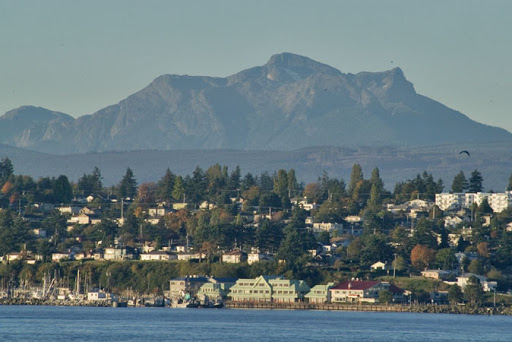
11. The formation of the Campbell River Tyee Club in 1924, over concern regarding over-fishing of the salmon stocks, served to popularize the area among fishermen.
12. Painter’s Lodge attracted clientele from Hollywood and regular patrons included Bob Hope and Bing Crosby. Commercial fishing was a large industry for many years.
13. The town’s magistrate Roderick Haig-Brown purchased a fishing cabin on Campbell River and wrote a number of books on fly fishing for both sport fishermen and conservationists.
14. Industrial logging took off in the 1920s with Merrill Ring and Company, Bloedel, Stewart and Welch and Comox Logging. A large forest fire started near Buttle Lake and burned much of the valley in 1938. Rock Bay, Menzies Bay, and Englewood all were big logging camps.
15. After 1912, Campbell River became a supply point for northern Vancouver Island, Quadra Island and Cortes Island.
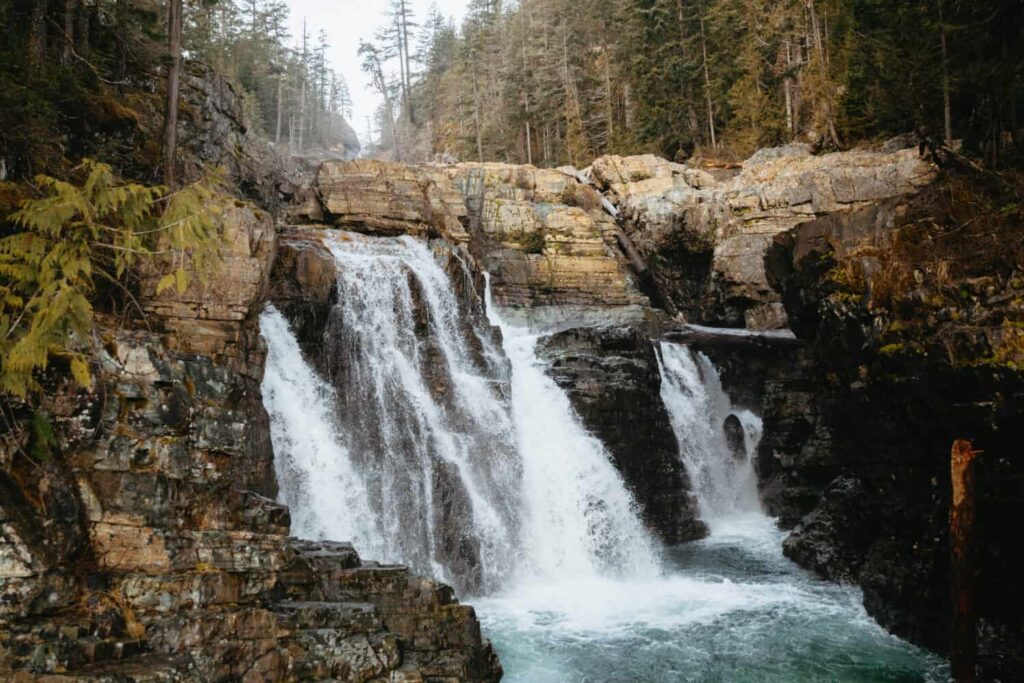
16. The E and N Railway was surveyed to Campbell River, yet it only reached Courtenay, forty miles south; in its original conception it would have been the last leg of the transcontinental railway, which had been proposed to run down Bute Inlet after cross the British Columbia Interior, connecting to Vancouver Island just north of Campbell River at Seymour Narrows.
17. After the Second World War, Campbell River became a boom town and industrial centre with the building of the John Hart Dam, Elk Falls pulp mill, and nearby mills in Tahsis and Gold River.
18. In recent years Campbell River, about half-way up Vancouver Island, has continued to mark the boundary between the more developed south and the wild and natural areas in the northern part of the island.[7] Local fish hatcheries help to maintain salmon stocks for the fishing industry.
19. There is uncertainty about the source of the name of the city. It is thought that the river and the city may have been named for Dr. Samuel Campbell who was assistant surgeon aboard HMS Plumper from 1857 to 1861.
20. Campbell River has an oceanic climate (Köppen climate classification) Cfb.
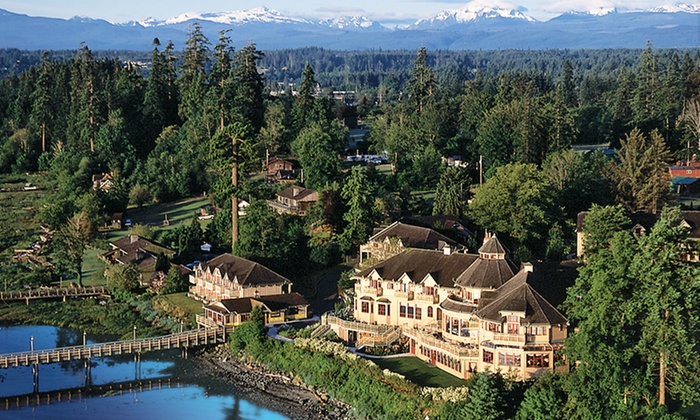
21. In the House of Commons of Canada, Campbell River is represented by the riding of North Island—Powell River (Rachel Blaney, NDP). In the Legislative Assembly of British Columbia, Campbell River is represented by the North Island (Claire Trevena, BC NDP) riding.
22. The mayor of Campbell River is Andy Adams who was elected to office on 15 November 2014.
23. The city is served by Campbell River Airport (YBL), Campbell River Water Aerodrome at Campbell River Harbour, a BC Ferries route to Quadra Island, and an inland island highway and an oceanside island highway which connect the community to the rest of Vancouver Island.
24. Since 1983, Campbell River has been a sister-city or twinned city with Ishikari, in the Hokkaido region of Japan. This twinning was based on the importance of salmon to both cities.
25. Public schools are administered by School District 72 Campbell River. North Island College has a campus in Campbell River. Campbell River has recently developed a new international program accepting students from Germany, Austria, and various other countries across Europe, South America and Asia. Along with School District 72, there is also a private K-12 Christian school, this being Campbell River Christian School. The two public high schools are Timberline Secondary School and Carihi Secondary School. Carihi Secondary School is also a part of School District 93 Conseil scolaire francophone.

